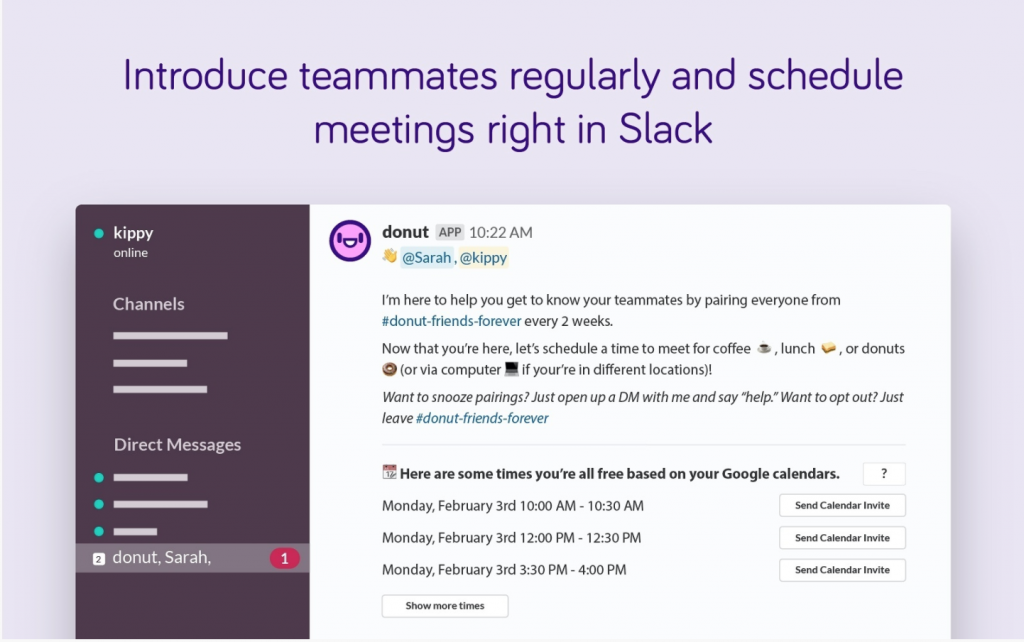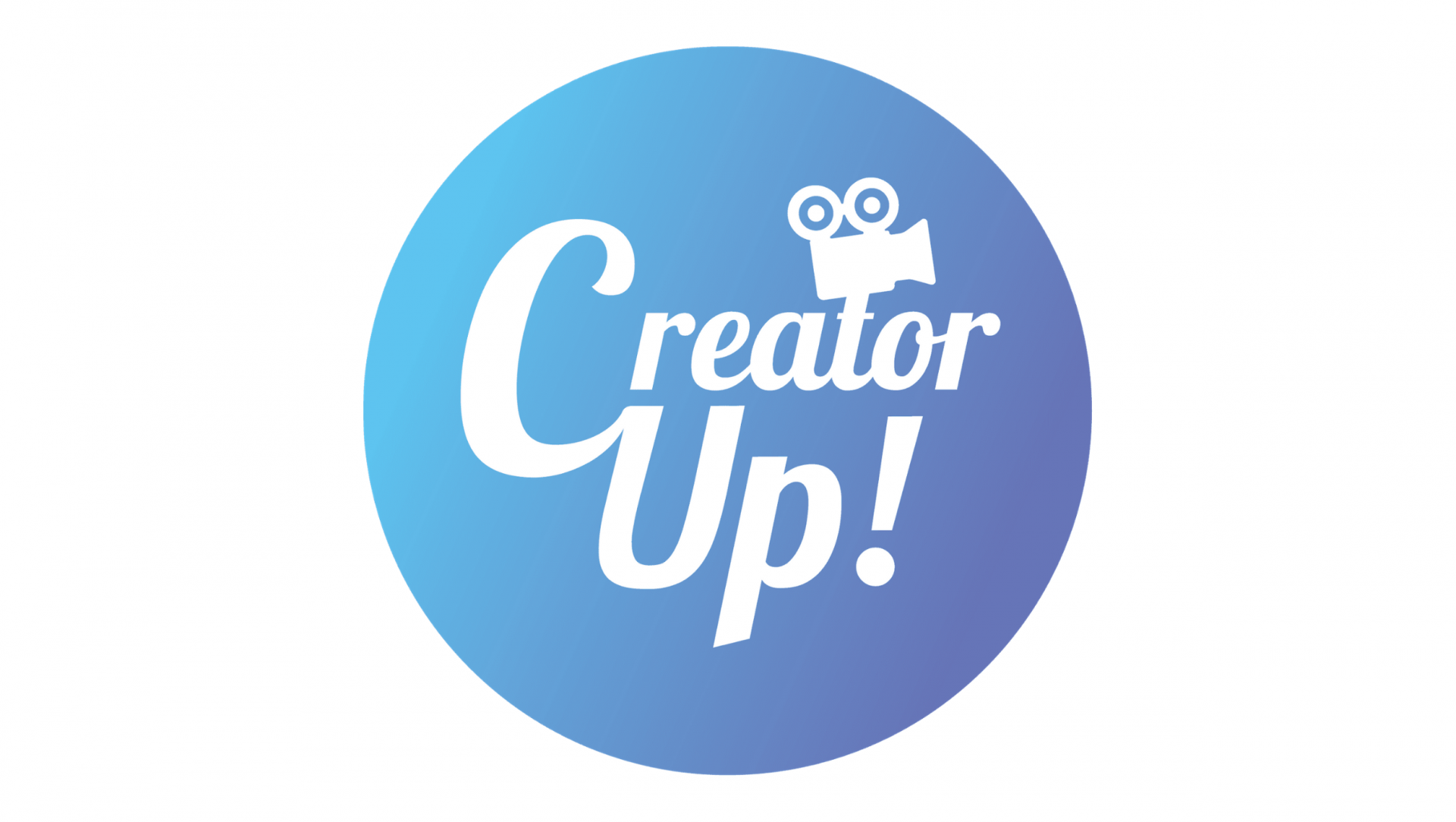“Just stay home.”
Weeks before the U.S. government issued a stay-at-home order, CreatorUp! founder and CEO Mike Tringe sent a company-wide email to each of his employees across the globe allowing them to work from home. Not because the government directed it, but rather because he knew his employees were nervous about what was to come — and he wanted them to ensure their own health and safety first.
Now, a couple of months since his partially-distributed company transitioned into a fully-remote work tribe, Mike says the experience has been “double the stress and triple the fun.”
The Struggle to Enforce Remote Work Boundaries
“It’s had a massive impact on my personal life and how I go about my day. It means earlier in the morning and later nights, for sure. It means being more mindful of how I do spend my time. I’ve structured my time more,” Mike says about the effect the coronavirus has had on his schedule.
Mike’s dilemma on how to structure his time likely rings true with thousands of other founders in the same position. When you’re responsible for a team (and this directly applies to their livelihoods), it can be difficult setting efficient boundaries between when work ends and your personal life begins.
“As far as my time is concerned, it’s really trying to set boundaries around taking lunch at this time and also wrapping the day by this time. And I have found that if you create that culture of acceptance and understanding among your team members, that people will respect your boundaries,” says Mike.
Learning how to set and sustain boundaries may be a new task for first-time remote workers, but it doesn’t have to be daunting.
First, identify mental, physical, and emotional limits for what you can tolerate and what makes you feel stressed. For instance, meetings might be better planned before lunch, because you can anticipate you’ll be juggling school work with your children after lunch.
Once you identify your boundaries, communicate them to your team clearly and confidently. For example, if you’d rather your team members only contact you during work hours, tell them exactly when you will be available for work conversations. Over-communicate your needs and offer help to others within your working hours and be direct when you’re signing off for the day.
“Although it might not be comfortable at first, because when you’re used to working in an office environment or even in a normal remote environment, it would not be uncommon to call someone during work hours. But if it’s their lunch hour, now that’s really sacred time. So we’re trying to enforce and empower people to do that,” adds Mike.
However, one of the most common concerns in a remote work setting is understanding how to generate enough comfortability and trust to establish those boundaries in the first place.
With only some of Mike’s team already working remotely prior to the pandemic, it begs the question of how CreatorUp! empowered their employees to enforce their own limits.
“Three or four weeks in, we set up a wellness check. I did one-on-ones with everyone in the company in a single week to check wellness and make sure everyone was okay, doing okay personally,” Mike explains. “There’s no pressure and there is no agenda for the meeting. It’s just, ‘How are things going for you?’ And half the time, it’s just talking about what you’re watching on TV or what book you might be reading or what you had for dinner. … It’s just creating social bonding in ways that were there organically in person but that are gone now.”
The Necessity to Create A Strong Team Culture
Flash forward to today, and the CreatorUp! team has significantly upped the emphasis on company culture, communication, and collaboration between teams.
“What you lose with remote [work] is culture. That’s actually been the biggest challenge,” Mike admits.
“We’ve created frequent but short one-on-one meetings between different team members, in order to be able to stay as close in contact as possible. And then also, on the soft skill side, we use an app on our Slack channel called Donut. Donut is a bot that sets up random meetings with every person on the team once a week. So people are forced, in a remote environment, to get to know each other even though they don’t pass each other in the hallway.”

Of course, keeping the team together in hard times is key to ensuring workflow remains consistent and team members remain happy. With restrictions on how remote team members in the same area can gather due to social distancing restrictions, Mike and the leadership team have brainstormed some tasty ways to boost team morale.
“We set aside a discretionary amount of funds for lunch to be sent to a person’s home for our production department. And people can have that remote lunch together,” explains Mike.

Mike adds, “Just giving them the creative license and the entrepreneurial license to be able to innovate and say, ‘We know this is a big problem. We know it’s important to keep your team motivated and connected and inspired. Do what you can to do that.’”
The Reality of How Business Will Shift Post-COVID
As he looks towards the future of not only his business, but remote work as an industry, Mike is skeptical about the influences COVID-19 will have on day-to-day business.
“I don’t think we can carry over in a one-to-one way what we’ve done today, tomorrow. There’s going to have to be another evolution.”
But something Mike does know for sure?
“It will absolutely inform our hiring decisions. We will not be able to hire someone who’s not self-directed, who’s not capable of being trusted. … We will look for people with remote experience. ‘How much remote experience do you have in your previous job?’ That’s going to be a big question people are asking,” he predicts.
For now, the CreatorUp! founder will embrace the “new life” COVID-19 has created, confident his team can weather the storm.
This story is part of an ongoing series we’re doing where we interview founders of startups and SaaS companies as the navigate the challenges of working remotely and leading their tearms during a global health and economic crisis.





[…] And this founder’s guide for building a successful […]